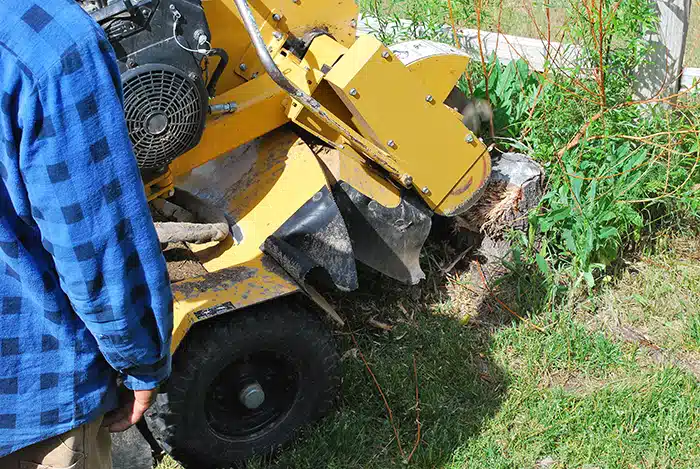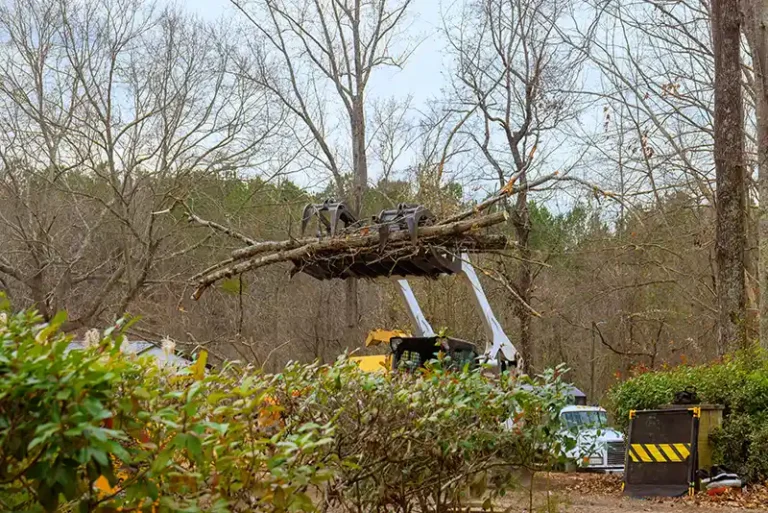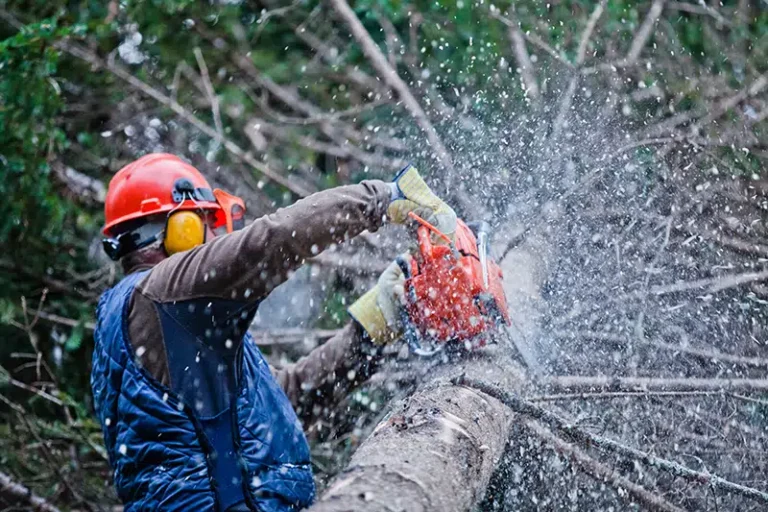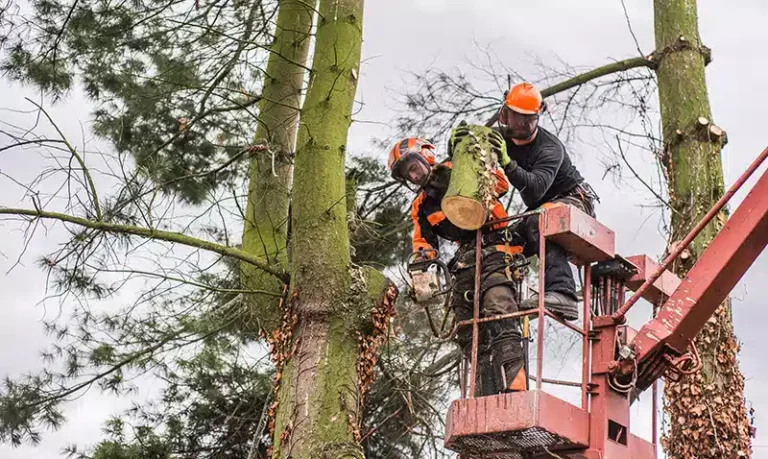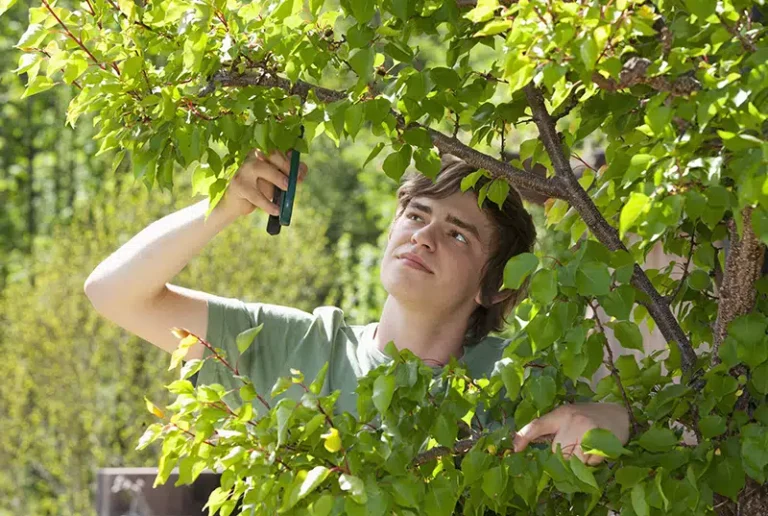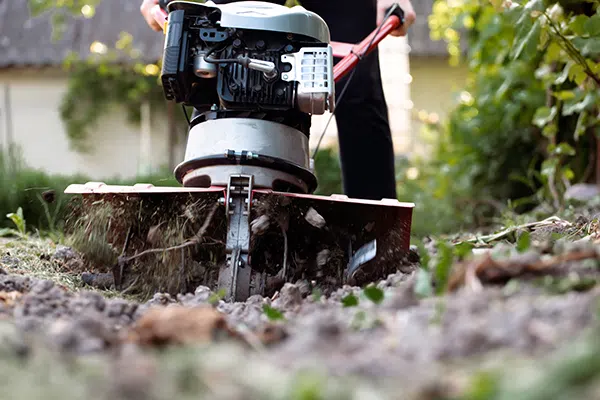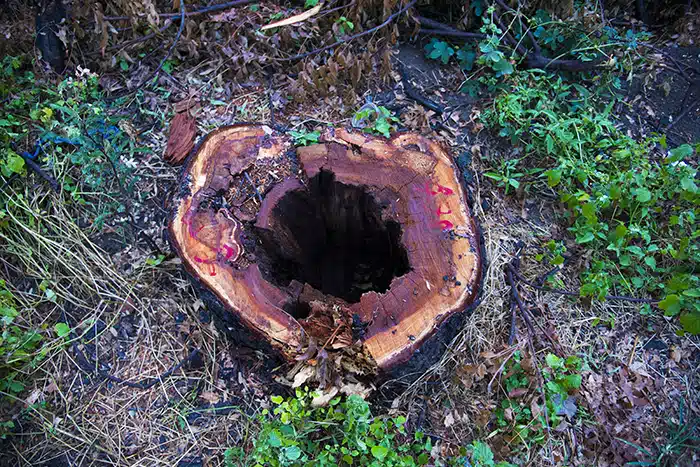Why Should You Consider Stump Grinding After Tree Removal?
Removing a tree is often necessary for safety, construction, or landscape improvement—but the job isn’t truly finished until the stump is gone. Many homeowners are surprised to learn that the remaining stump can cause ongoing problems long after the tree has been cut down.
Stump grinding is a fast, efficient way to remove the visible portion of a tree stump, improving both the function and appearance of your yard. It’s often recommended after tree removal to prevent hazards, improve aesthetics, and make way for future landscaping plans.
Eliminates Safety Hazards and Trip Risks
Tree stumps may seem harmless, but they can quickly become dangerous obstacles, especially in high-traffic areas. Stump grinding helps eliminate these safety concerns by removing the exposed wood from ground level.
- Prevents trips and falls, especially for children and older adults
- Reduces the risk of injury from exposed roots or jagged wood
- Avoids damage to lawn equipment like mowers or trimmers
- Creates a safer, cleaner yard for everyday use and activities
By grinding the stump down, you ensure your landscape is safe and accessible for everyone who uses it.
Prevents Pest Infestations and Fungal Growth
Old stumps can become breeding grounds for insects, pests, and fungi, all of which can spread to nearby healthy trees or even your home. Removing the stump helps cut off this potential source of infestation.
- Discourages termites, carpenter ants, and beetles from nesting
- Prevents fungi and mold from growing on decaying wood
- Reduces the chance of tree disease spreading underground
- Helps maintain the health of your garden and surrounding vegetation
Grinding the stump eliminates the decaying wood that attracts unwanted pests and supports a cleaner, healthier yard.
Enhances Yard Appearance and Curb Appeal
Tree stumps can be an eyesore in an otherwise well-kept yard. Whether you’re planning to sell your home or just want a better-looking outdoor space, stump grinding instantly improves curb appeal.
- Removes unsightly stumps that break up the landscape design
- Allows for smooth, uniform lawn maintenance
- Makes room for new plants, sod, or hardscaping features
- Enhances the overall beauty of your property
A clean, stump-free yard creates a more polished and appealing environment that you and your guests can enjoy.
Frees Up Space for Landscaping Projects
Stumps take up valuable yard space and can limit your landscaping options. Once a stump is ground down, you can repurpose the area for something more useful or visually appealing.
- Plant a new tree, flowerbed, or vegetable garden
- Expand your lawn, patio, or outdoor living area
- Install fencing, irrigation, or walkways without obstruction
- Make space for recreational areas like a fire pit or play area
Grinding allows you to maximize the use of your yard and bring new ideas to life without old tree remnants in the way.
Speeds Up the Decomposition Process
If left alone, a stump can take many years to naturally rot and decompose. Stump grinding breaks the wood into small chips, which significantly speeds up this process and makes cleanup easier.
- Allows wood chips to be used as mulch or compost
- Eliminates the need for chemicals or manual digging
- Reduces long-term maintenance caused by slow decay
- Leaves the area clean and ready for replanting or seeding
This quicker breakdown not only helps your yard stay tidy but also improves soil quality if repurposed correctly.
Stump grinding is a smart follow-up to any tree removal project. It eliminates hazards, prevents pest issues, improves aesthetics, and opens up your yard for new possibilities. Whether you’re enhancing your landscape, protecting your property, or just looking for a clean finish, stump grinding delivers long-lasting benefits.
Partnering with a professional ensures the job is done safely, efficiently, and with minimal disruption to your yard.

